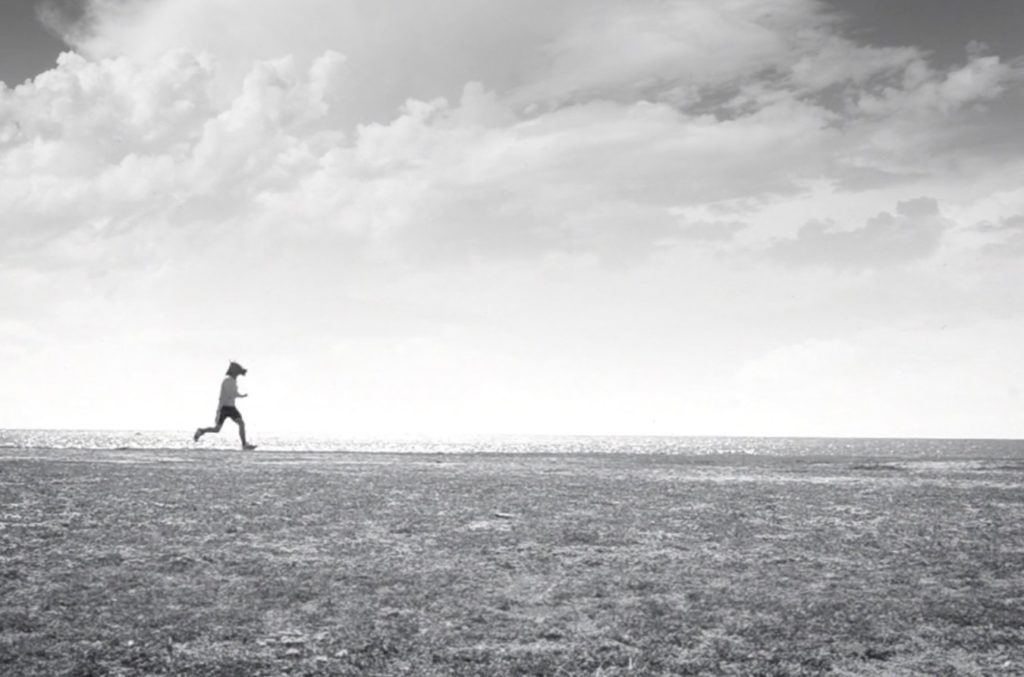In the old days, buying and processing film was expensive. With the cost in mind, most moviemakers—even professionals—limited the amount of footage they’d shoot.
Times have changed. Thanks to digital filmmaking and ever cheaper storage media, you can shoot and shoot and shoot without hurting your bank balance. But don’t do it! When you let the camera run, you’ll find it difficult and time consuming to find the good stuff. More problematical, shots that have long run times—typically longer than 10 seconds–have increased odds of boring viewers—including you.
Certainly there are exceptions. For example, if you’re documenting a dance routine, an athletic performance (say, a Ping Pong rally) or a rock band playing a tune, for the sake of continuity, you may decide to film the entire action in a single take. Later, you might get close-ups and other shots while the talent repeats the performance.
Similarly, if you’re filming a newsworthy event such as a tornado (but be careful!) or a UFO flyover. In cases like these, you don’t want to miss a second of the action.
When shots do run long, you can improve them in the editing. This may involve trimming unnecessary frames or breaking the shots into pieces. We’ll deal with these editing fixes in a separate lesson.
Tips
- Before you shoot, think about the point of the shot: What exactly are you trying to capture? This doesn’t take a lot of planning. It can be as quick as: “I want to shot the dog resisting his bath.” Or “I want to emphasize the height of the Eiffel Tower.”
- Limit most shots to about 5 seconds. Five seconds of almost any action from a given perspective will be plenty. If there’s more to show, stop, change your position, and start shooting again.
- If you need to capture an event in a single shot, consider moving the camera as you shoot, to get close-ups and reaction shots. Many issues—such as getting smooth footage and proper lighting—make this difficult. But it is possible, as we see in this one-shot news report by German mobile journalist Kai Rusberg.
https://youtu.be/pAWyBnd8yas



 Previous post
Previous post
 Next post
Next post





